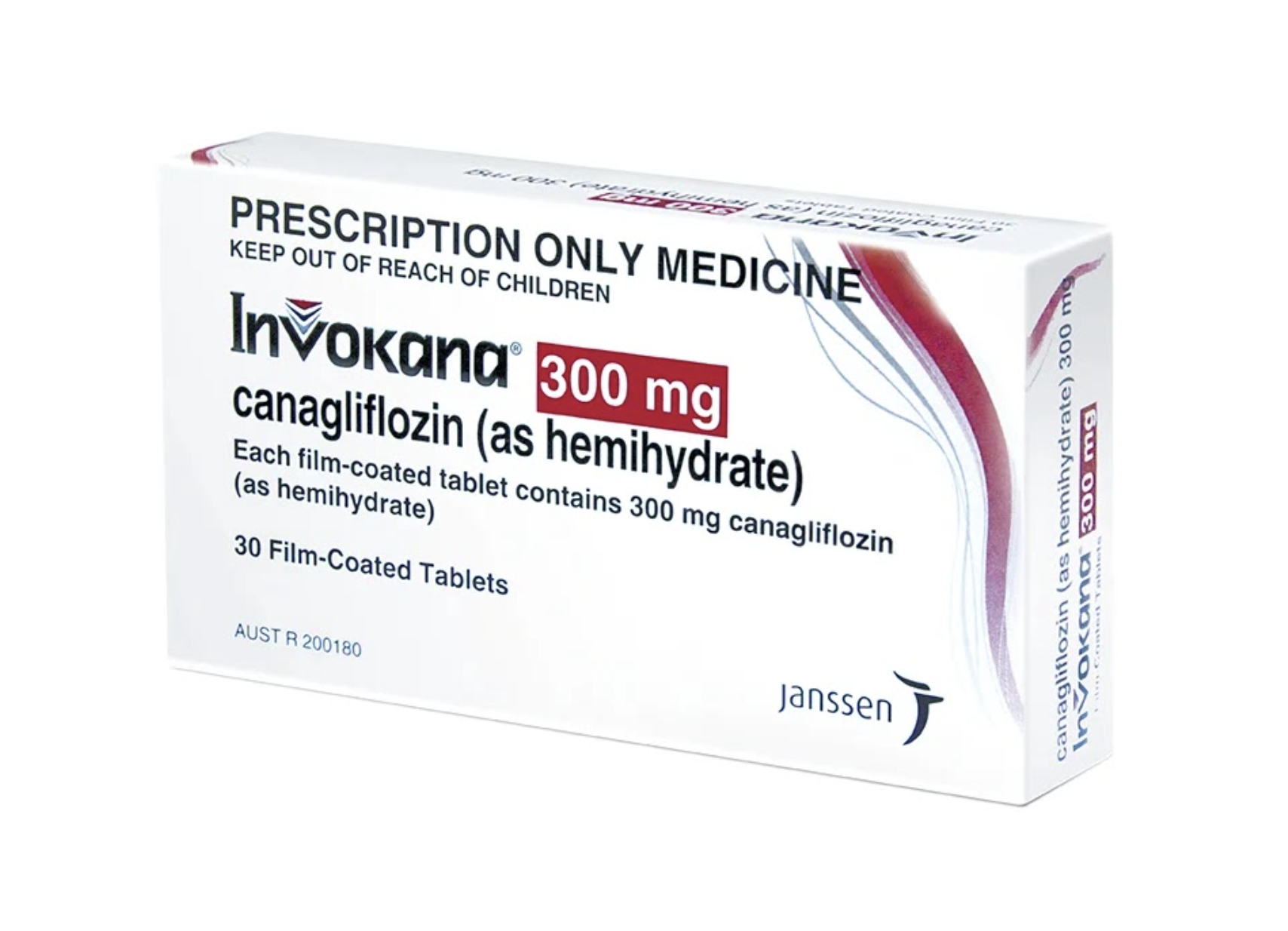 |
|
A large nationwide cohort study in Taiwan found that patients taking a popular medication for type 2 diabetes—sodium-glucose cotransporter-2 inhibitors—had a lower risk of new RVO development compared with patients on dipeptidyl peptidase-4 inhibitors. Photo: Janssen. Click image to enlarge. |
Among the many ocular complications associated with type 2 diabetes is retinal vein occlusion (RVO), which has been reported in 3.4% of patients with the condition. The effects of different diabetes treatments on RVO risk remains unclear in the literature, prompting researchers to perform a new study that evaluated and compared the risk of new RVO development in patients on sodium-glucose cotransporter-2 inhibitors (SGLT-2i) vs. dipeptidyl peptidase-4 inhibitors (DPP-4i). It found that individuals taking the former medication had a significantly lower risk than those on DPP-4i.
Based in Taiwan, the nationwide retrospective cohort study used claims data from the National Health Insurance Research Database of Taiwan. More than 700,000 patients with type 2 diabetes were included, all of whom had no prior diagnosis of RVO and had newly commenced treatment with either SGLT-2i (n=123,567) or DPP-4i (n=578,665). The researchers controlled for systematic differences in baseline characteristics between the two groups in their analysis.
The data showed that over a mean follow-up period of 1.61 years, the incidence of RVO was lower in patients newly receiving SGLT-2i (0.59 events per 1000 person-years) compared to those receiving DPP-4i (0.77 events per 1000 person-years). Accordingly, the researchers reported that SGLT-2i users had a significantly lower risk of developing RVO compared to DPP-4i users (hazard ratio = 0.76). However, this trend varied depending on RVO type; in the individual outcome analysis, SGLT-2i use was significantly associated with a 29% reduced risk for branch RVO (HR = 0.71), but not central RVO (HR = 0.84).
To help explain this finding, the researchers noted in their paper on the study that “arteriosclerosis and elevated blood pressure, which are crucial elements in RVO, tend to be more prevalent in cases of BRVO. SGLT-2i may have better pleiotropic effects in reducing blood pressure, body mass index and blood lipids compared to DPP-4i; thus, their positive impact would be more noticeable in the prevention of BRVO.”
These study results suggest that SGLT-2i may be a beneficial treatment option for reducing the risk of RVO in patients with type 2 diabetes, although more research is warranted to explore the underlying mechanisms and long-term effects of SGLT-2i on RVO prevention in this population.
Tsai HR, Lin YJ, Yeh JI, et al. Use of sodium-glucose co-transporter 2 inhibitors in patients with type 2 diabetes and the incidence of retinal vein occlusion in Taiwan. IOVS. June 12, 2024. [Epub ahead of print]. |

